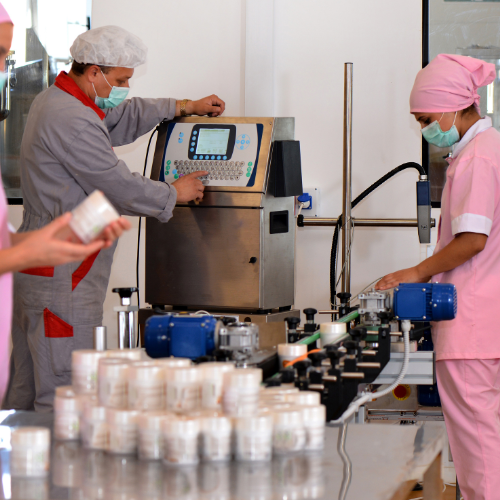Rapid Skilling

When competency development is deliberate rather than a happy accident, there are significant knock-on benefits
Our client- a small chemical manufacturing company – had a problem: lots of staff turnover, coupled with significant workforce fluctuations throughout the year (and subsequent use of temporary/contract staff) was leading to inconsistent results and poor performance on key operating metrics.
We worked with their production and warehousing supervisors and experienced workers over a four-week period to implement the “job instruction” modules of our Rapid Skilling suite, training them in an approach that would ensure consistency in the way new workers were brought on board and taught how to perform their work, while concurrently reducing the time it took to train them, and improve key metrics.
The Results:
- Time to competency for new production workers in all critical tasks dropped from a historical 12-18 months to less than 6.
- Turnover was significantly reduced (50% improvement) for entry-level workers, which reduced hiring and training costs
- The company experienced marked improvements in their safety, quality and productivity KPIs across all shifts
- The total workforce requirements were reduced without increasing the workload of production workers – further improving the competitive position of the company
Our previous approach (basically ad hoc) produced a trained Operator in about 15 months. We work with hazardous chemicals and make a wide array of products, so safety and quality are a huge concern, and we reckoned that this was an acceptable amount of time. After WFSI taught us the TWI approach, (it still sends chills down my spine that something originally created for World War II is still so effective) we’re not consistently training new operators in 6 months or less. Our training is more consistent, rework is down, quality is up, and we haven’t had a lost time accident in years.
Brian McMillian





